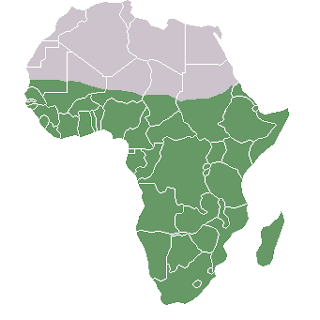Violence comes in many different forms, sexual, physical, and emotional are the forms most often seen. Zambia has been in recent news for having a significant amount of cases reported. According to this article I read, “52 per cent of women aged between 15 and 49 reported that they had experienced either physical or sexual violence.” I was shocked by this number; I would have never thought that half of the women population was a victim of abuse. It makes many wonder why that many? Is their cultural values that much different?
While gender based violence has reached some of the highest numbers in Zambia history, women of the communities in Zambia felt it was time to start fighting back through awareness. Violence is a punishable crime in Zambia, but only 22 per cent of the reported acts of violence are prosecuted! Therefore, it is time that the women of this nation start to unite together and speak out.
This year the women of this country took part in a 16 day activism to stop all types of violence. The women also celebrated International Day of Elimination of Violence. All of these prevention ceremonies started in late November and are continuing through the first part of December. The women of the nation are not the only ones speaking out about the violence; they have now have support from the United Nations and other government foundations. Violence is not just a crime, but it also costs the governments much money through medical bills when these women enter emergency rooms with serious damaging effects of violence.
This was one article that really shocked me with statistics, but at the same time I was really impressed to see the women of this nation taking action and doing something about it. These women are role models and I am sure that with the cultural differences it is harder to speak out in this nation. That is why what these women are doing currently could be life changing to other women. There is no need for abuse, and the women of Zambia are helping to give victims a future.
I really hope their efforts to put a stop to these damaging statistics are a success. I also hope that they encourage other nations in Africa to do the same sort activism. I am sure Zambia is not the only country with that many cases of violence, and therefore, they need to spread their knowledge and help to other countries. I am sure they could inspire many women in the United States to get help as well if they could just hear their stories and tell them where they could get help.
Here is a picture of a march during these 16 days
This is one of the campaign t-shirts worn during this time





















